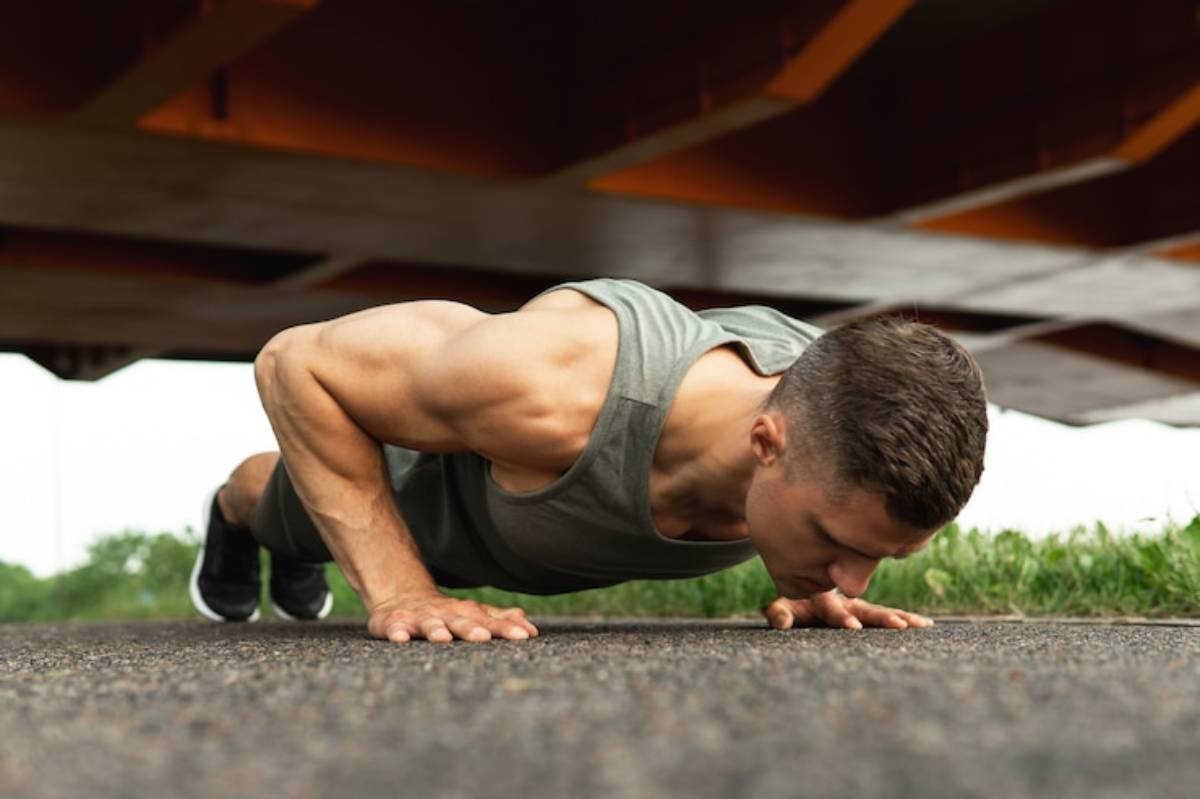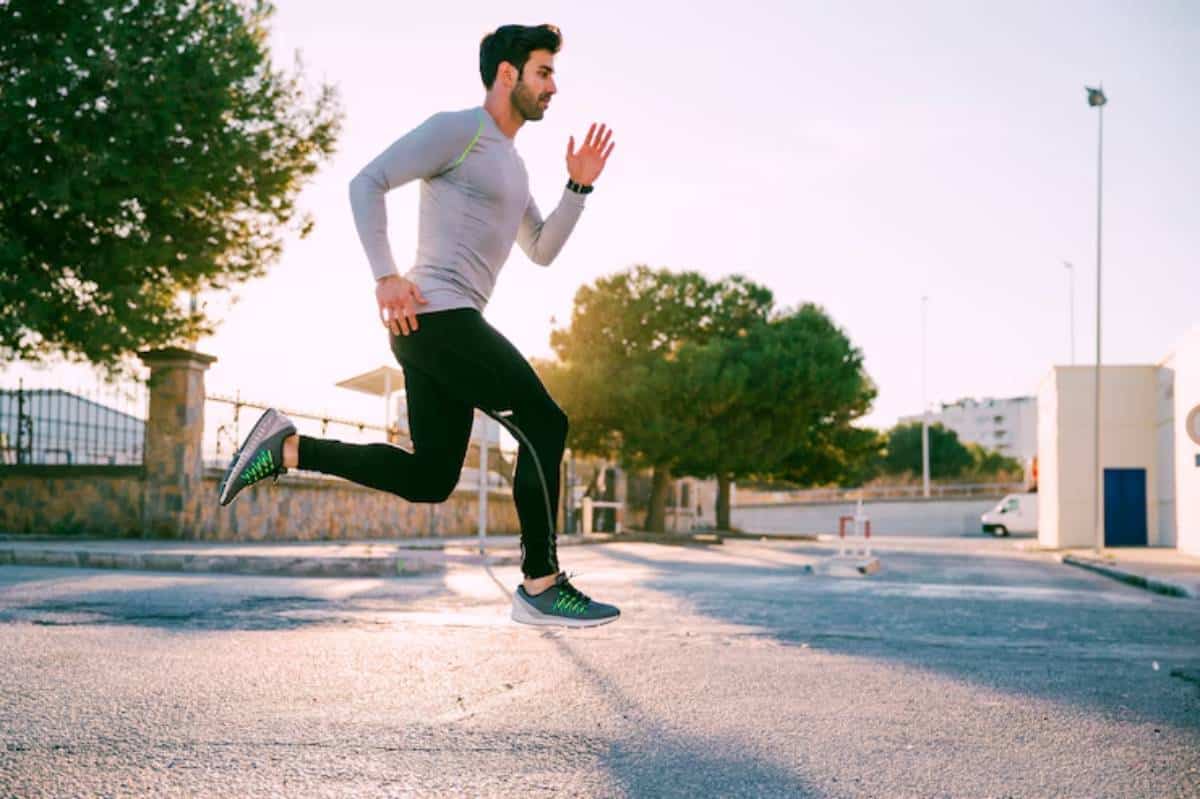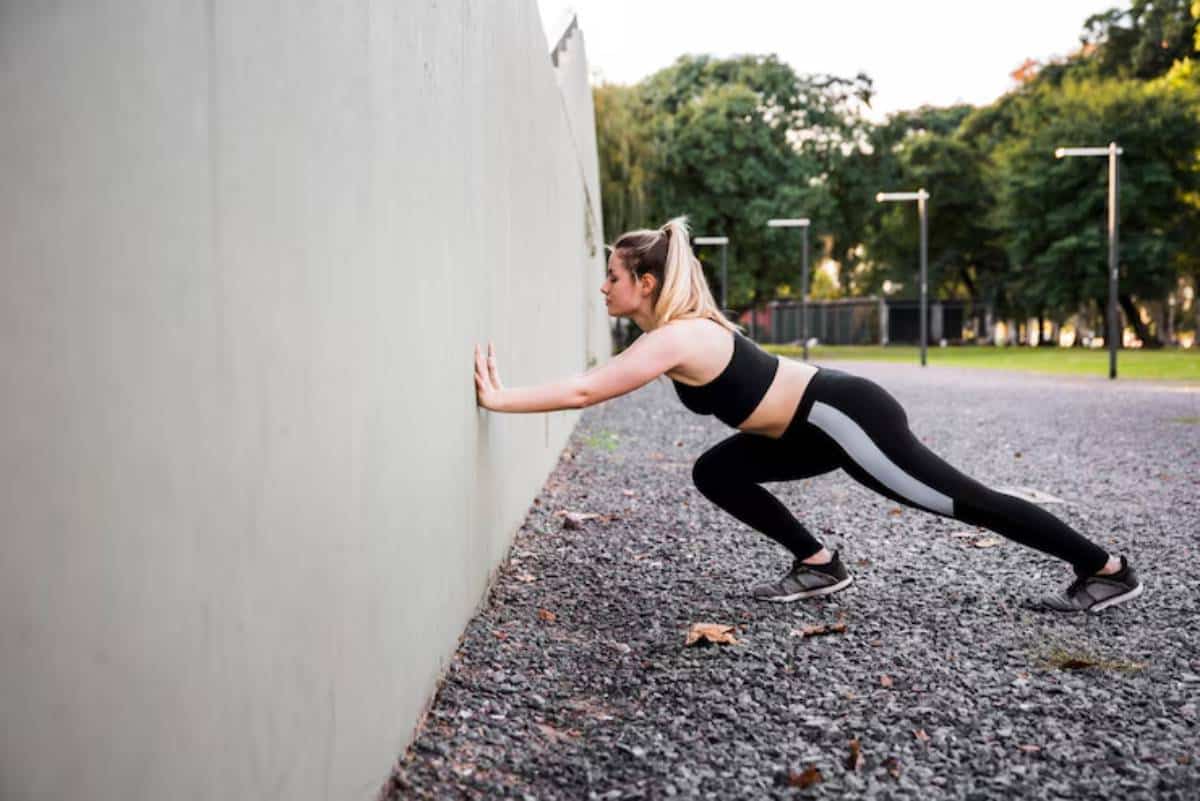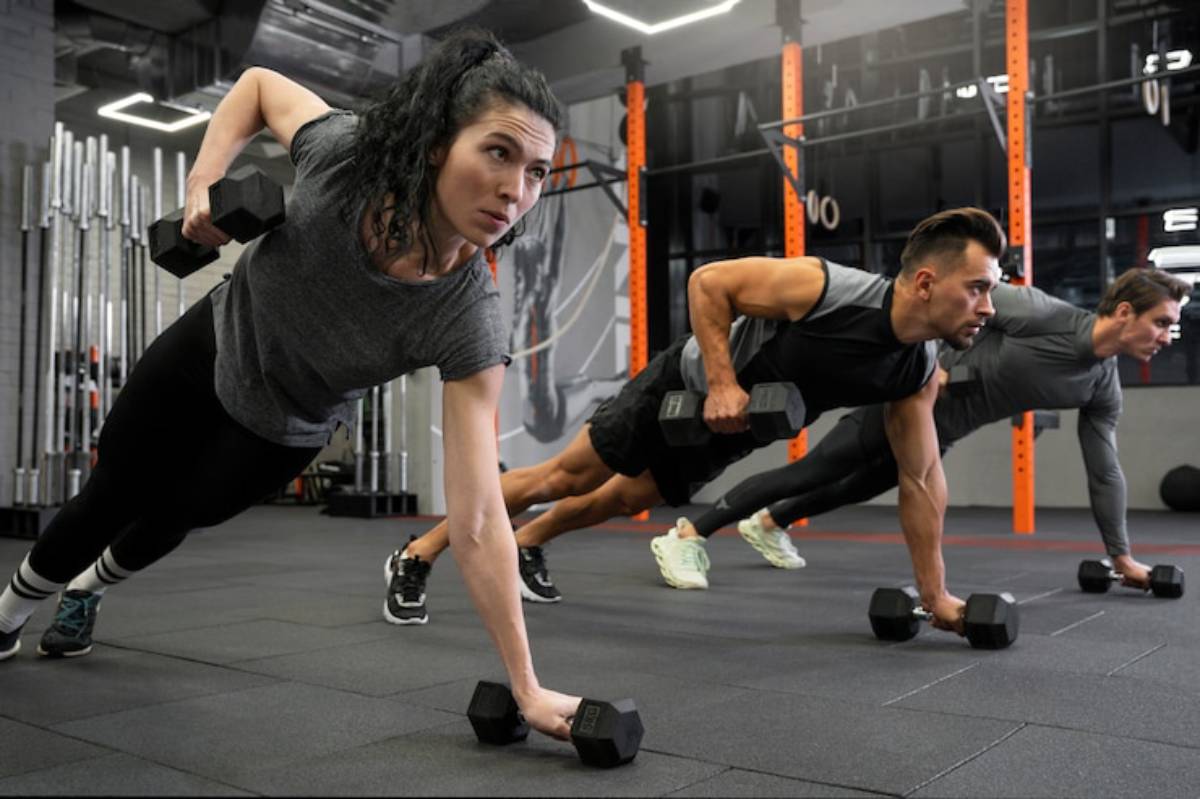
Core Stability Routines for Functional Strength
Why Core Stability Matters More Than You Think
Imagine carrying heavy shopping bags, sprinting after a bus, or even slipping on a wet floor. What stops you from pulling a muscle—or worse, taking a tumble? Your core.
Often mistaken as just your “abs,” the core is so much more: it’s your body’s natural support system. Whether you’re lifting weights, running a marathon, or simply standing upright, a strong and stable core is what keeps you moving efficiently and safely.
If you’ve been relying on endless sit-ups to build strength, it’s time for an upgrade. In this post, you’ll discover functional core workouts that focus on real-world strength, bodyweight core training that needs no fancy equipment, and stability exercises that future-proof your body. Ready to transform your strength from the inside out? Let’s dive in.
What Is Functional Core Strength?
Beyond the Six-Pack: Functional Fitness Explained
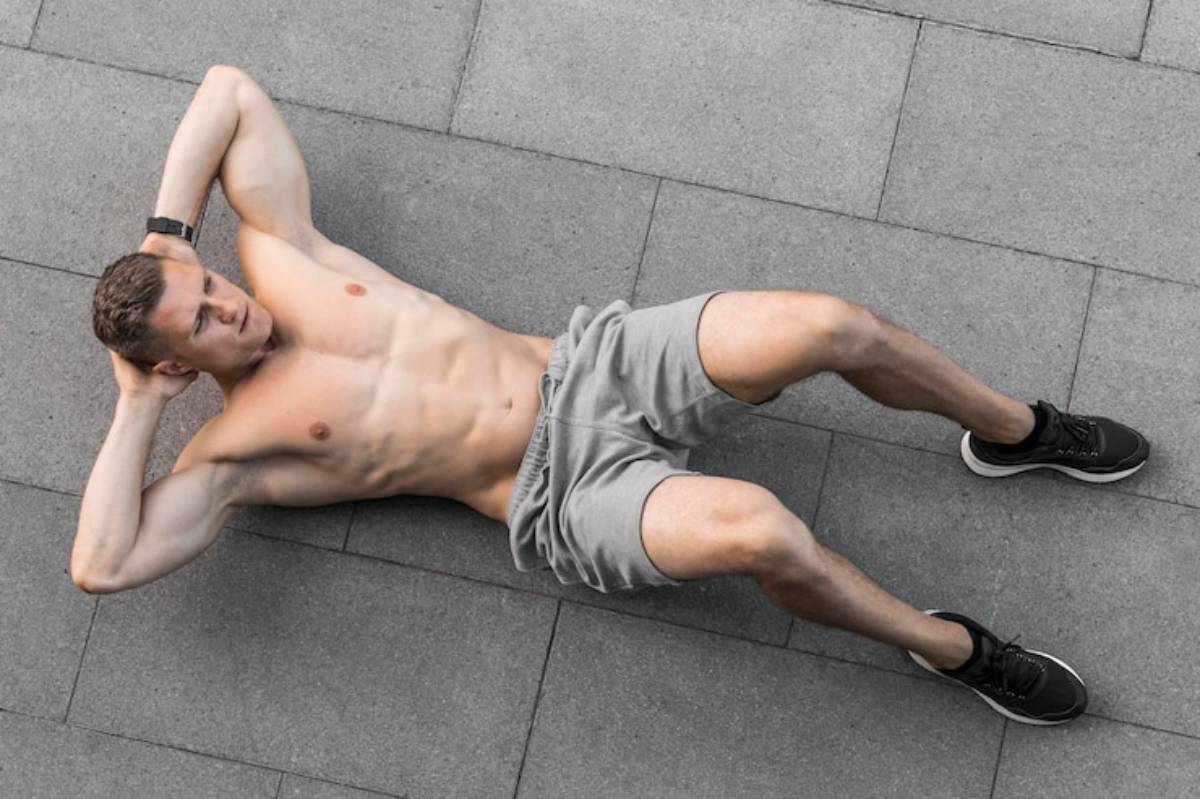
Functional core strength isn’t about chiselled abs (though that’s a nice bonus). It’s about how effectively your midsection stabilises your spine, controls movement, and transfers force between your upper and lower body.
Think of your core as the sturdy foundation of a house. If the foundation’s shaky, everything above it is at risk. Similarly, without functional core strength, your athletic performance, balance, and even posture can suffer.
Key benefits of functional core strength include:
- Better balance and coordination
- Improved posture and reduced injury risk
- Greater efficiency in everyday activities and sports
- Enhanced breathing and endurance (your diaphragm is part of your core, too!)
Functional vs Traditional Core Training
Traditional core workouts (like endless crunches) often isolate muscles. Functional core workouts, on the other hand, train your muscles to work together, just like they do in real life.
A plank, for example, engages your abs, back, glutes, and even your shoulders—all at once. Compare that to a sit-up, which primarily targets your rectus abdominis (your “six-pack” muscle), and you’ll see why functional moves are king.
Why Bodyweight Core Training Works
The Power of Simplicity
You don’t need fancy machines or expensive gym memberships to build an iron-clad core. Bodyweight core training uses your own body as resistance, teaching you control, coordination, and balance.
Benefits of bodyweight core training:
- Adaptable to any fitness level
- Portable—you can train anywhere
- Encourages better movement patterns
- Builds proprioception (your body’s sense of where it is in space)
Bodyweight: Nature’s Gym
Ever watched a gymnast perform? Their insane strength and control come mostly from bodyweight training. Gymnasts are a living testament to what happens when you master moving your own body effectively.
The Best Stability Exercises for Functional Strength
Ready to put theory into practice? Here are the essential moves you need to master.
1. Plank Variations
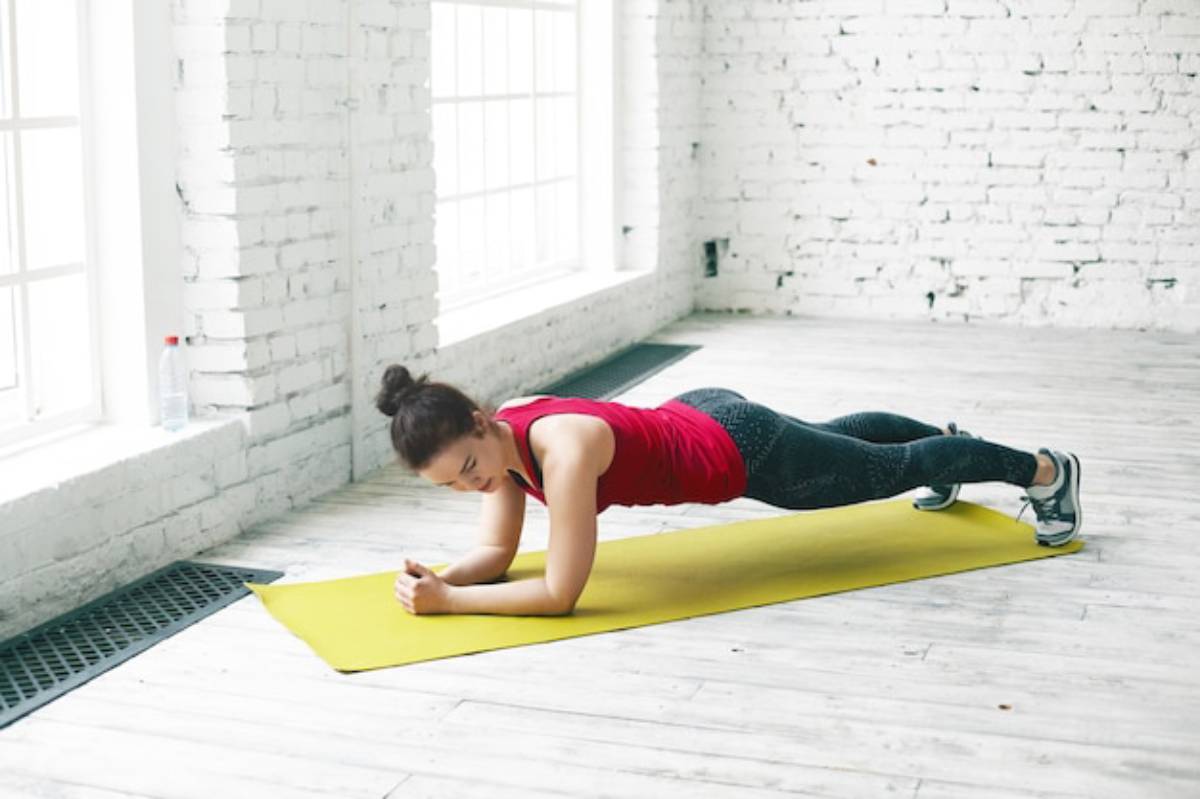
Why it matters: The plank is a foundation move for functional strength and endurance.
How to do it:
- Start on your elbows and toes.
- Keep your body in a straight line from head to heels.
- Engage your glutes and quads—don’t just hang out!
Progressions:
- Side Plank: Focuses on obliques and hip stabilisers.
- Plank with Shoulder Taps: Challenges your balance and anti-rotation control.
Imagine pulling your elbows toward your toes to create total-body tension.
2. Dead Bug
Why it matters: Builds coordination, spinal stability, and cross-body strength.
How to do it:
- Lie on your back, arms straight up, knees bent at 90 degrees.
- Slowly lower your right arm and left leg toward the floor.
- Keep your lower back pressed into the ground.
Progressions:
- Add a resistance band around your feet for extra challenge.
3. Bird-Dog
Why it matters: Teaches stability while moving limbs independently—a real-world skill!
How to do it:
- Start in a tabletop position.
- Extend your right arm and left leg simultaneously.
- Keep hips and shoulders square—no twisting!
Move slowly to feel your core working overtime.
4. Single-Leg Glute Bridge
Why it matters: Activates your glutes (part of your core!) and builds unilateral strength.
How to do it:
- Lie on your back, one foot planted, the other lifted.
- Push through the planted foot to lift your hips.
- Squeeze your glutes at the top.
Variation: Try holding a lightweight dumbbell on your hips for extra resistance.
5. Hollow Body Hold
Why it matters: Builds isometric strength and total-body tension—vital for athletes.
How to do it:
- Lie on your back, arms extended overhead.
- Lift your legs and shoulders off the floor.
- Maintain a slight hollow curve in your lower back.
Bend your knees slightly if you can’t maintain form.
Building a Functional Core Routine
How Often Should You Train Your Core?
Experts recommend training your core 2–4 times a week. Quality matters more than quantity, so focus on proper form and full-body engagement.
A simple weekly plan could look like:
- Monday: Plank variations + Bird-Dog
- Wednesday: Dead Bug + Single-Leg Glute Bridge
- Friday: Hollow Body Hold + Plank with Shoulder Taps
Sample Functional Core Workout (15 Minutes)
Warm-up (2 minutes):
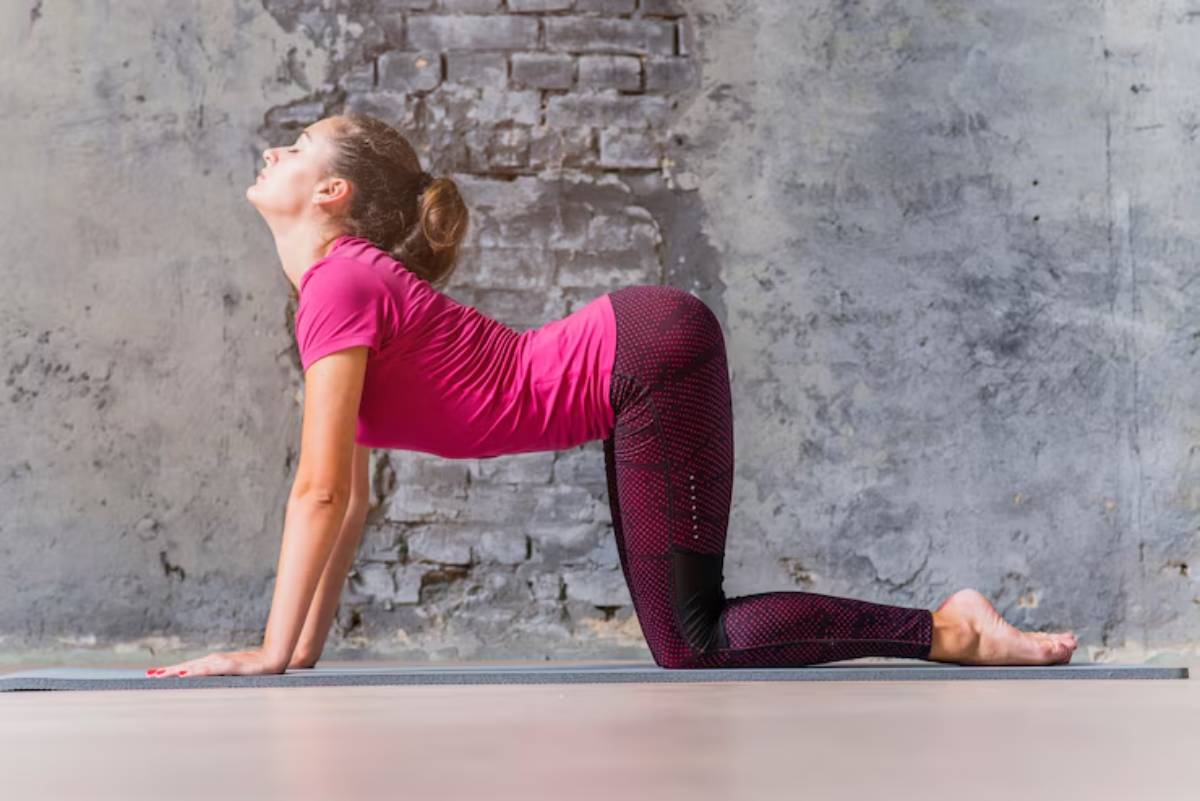
- Cat-Cow stretch (30 seconds)
- Standing cross-body reach (30 seconds)
- Light marching on the spot (1 minute)
Workout (10 minutes):
- 30 seconds Plank with Shoulder Taps
- 30 seconds Rest
- 30 seconds Dead Bug
- 30 seconds Rest
- 30 seconds Single-Leg Glute Bridge (right leg)
- 30 seconds Single-Leg Glute Bridge (left leg)
- 30 seconds Rest
- 30 seconds Bird-Dog
- 30 seconds Hollow Body Hold
- Repeat the circuit twice
Cool down (3 minutes):
- Child’s Pose stretch (1 minute)
- Seated Forward Fold (1 minute)
- Supine Twist (1 minute)
Real-World Success Stories
Lucy’s Journey: From Back Pain to Marathon Runner
Lucy, a 34-year-old office worker, struggled with chronic lower back pain. Traditional gym workouts seemed to make it worse. On a friend’s recommendation, she switched to bodyweight core training.
After just three months of consistent practice focusing on stability exercises and functional core workouts, Lucy not only eliminated her pain but also completed her first half-marathon. “I didn’t realise how much my weak core was holding me back,” she says.
Tom’s Transformation: From Clumsy to Confident
Tom always felt awkward during sports. He’d trip, stumble, and generally avoid anything too athletic. After discovering coordination training and focusing on stability workouts, he built body awareness that he never knew he was missing.
Today, Tom plays five-a-side football every weekend—and he’s even been nicknamed “The Wall” by his mates.
Common Mistakes to Avoid in Core Training
- Rushing through reps: Focus on form, not speed.
- Ignoring breathing: Exhale during effort; breathe deeply to activate deep core muscles.
- Training only in one plane: Real life happens in all directions—train rotation, anti-rotation, and lateral movement too.
- Neglecting glutes and lower back: Remember, your core is 360°, not just your abs!
Conclusion: Start Building Your Functional Core Today
Functional core strength isn’t just for elite athletes—it’s for you. It’s about moving better, feeling stronger, and living life with fewer aches and more confidence.
By focusing on bodyweight core training and stability exercises, you’ll build a resilient, real-world strength that shows up whether you’re chasing after kids, hitting a personal best in the gym, or simply standing tall with better posture.
Ready to put your new knowledge into action? Start with the sample routine above, pick your favourite exercises, and commit to 15 minutes, three times a week. Your future self will thank you.
What’s your biggest challenge when it comes to core training? Drop a comment below!
